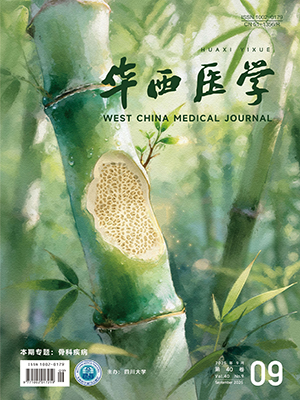The Chinese Guideline for Rehabilitation of Cerebral Palsy (hereinafter referred as Guideline) is the first evidence-based guideline for rehabilitation of cerebral palsy, which was compiled by Chinese experts from different fields in 2015. The Guideline suggests that the diagnosis of cerebral palsy needs to meet four essential conditions and two reference conditions. Although the cerebral palsy can be diagnosed according to the Guideline, there is still the question that whether there is a clear age definition and standardized prediction methods for early diagnosis and accurate prediction of cerebral palsy. The Guideline does not give a clear definition of age and standardized prediction methods. There is no international unified understanding or specific recommendations as well. Recently, Dr Iona Novak and other experts have pointed out that the historical viewpoint of the latent or silent period (before the age of 12-24 months) has already been outdated, because cerebral palsy or " high risk of cerebral palsy” can be accurately predicted before the corrected age of 6 months and it is possible to accurately predicte whether it is cerebral palsy or " high risk of cerebral palsy” before the corrected age of 6 months. They proposed a standardized assessment program for early diagnosis. This article introduces and discusses the relevant descriptions of the Guideline and the latest international understanding of early diagnosis and intervention of cerebral palsy.
Citation: LI Xiaojie, TANG Jiulai. Evidence-based early and accurate diagnosis and early intervention in cerebral palsy. West China Medical Journal, 2018, 33(10): 1213-1218. doi: 10.7507/1002-0179.201805128 Copy
Copyright © the editorial department of West China Medical Journal of West China Medical Publisher. All rights reserved
-
Previous Article
Study on critical illness rehabilitation -
Next Article
Progress in the study of elderly sarcopenia




